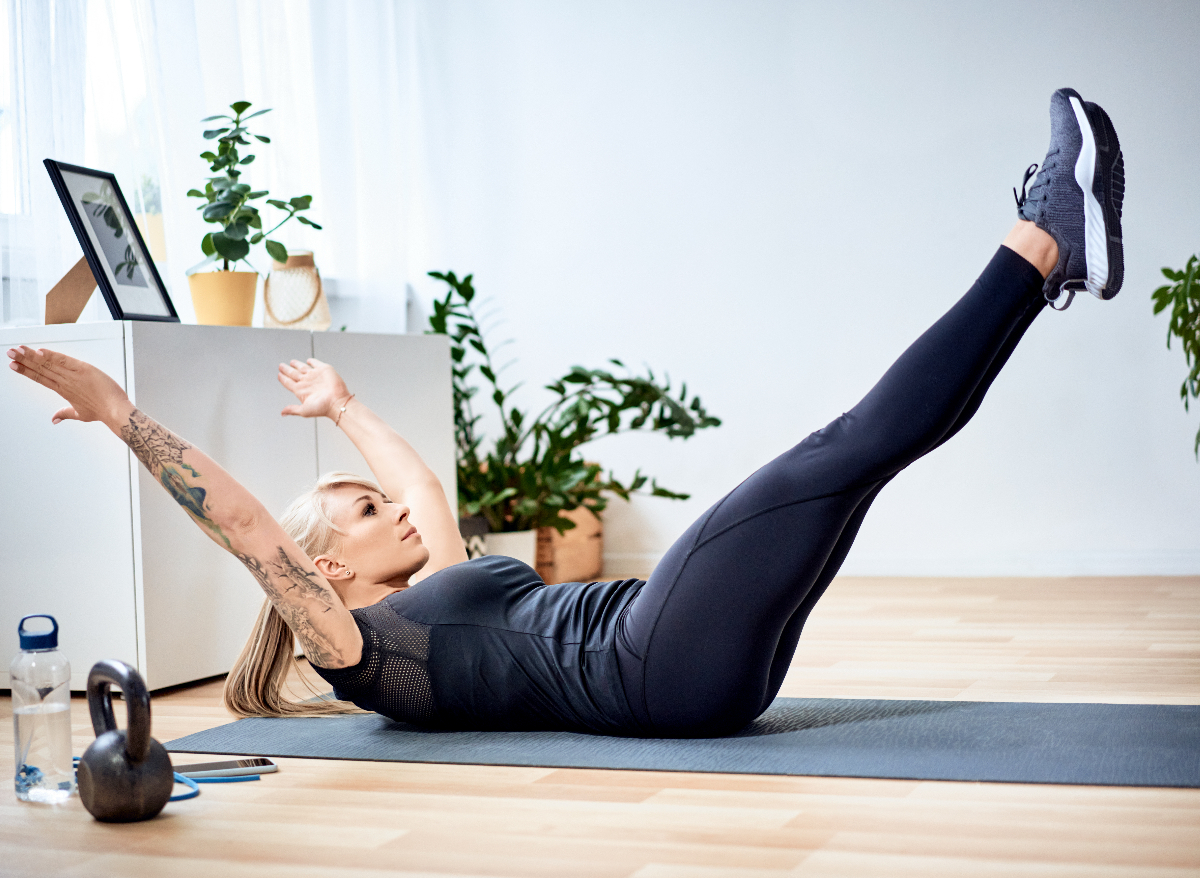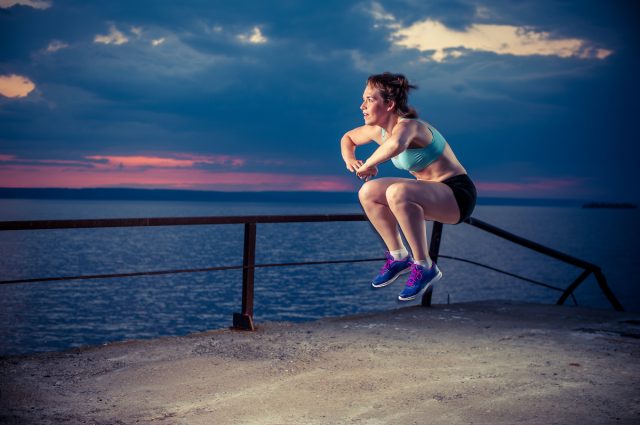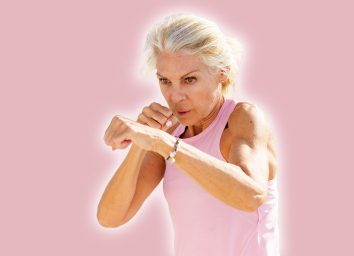If You Can Complete These 5 Tests, You’re Stronger Than 90% of People Your Age

Strength is one of the clearest markers of long-term health. It predicts how well you move, how resilient you are against injury, and how long you stay capable as you age. Strength is not just about the numbers you lift in the gym. It is about how your body performs when challenged by your own bodyweight and gravity.
The five tests in this article reveal your true strength profile. They measure pulling power, grip endurance, lower body stability, explosiveness, and core control. Each test comes with clear standards so you know exactly where you stand. The goal is to see your current level, track your progress, and build strength that carries into everyday life.
If you can complete all five at a high level, you place yourself in a category few people reach at your age. If you fall short, it shows you what to improve. These tests are not just benchmarks. They are a roadmap to building strength that lasts for decades.
5 Strength Tests Most People Fail After 40
Pull-Up Hold with Overhand Grip
The pull-up hold is a direct test of relative strength. It shows how well you can support your own bodyweight while resisting fatigue. It challenges your pulling strength, grip, and shoulder stability. Holding your chin above the bar without sagging proves your upper body has maintained muscle and control that most people lose as they age.
Muscles Trained: Lats, biceps, forearms, rhomboids, core
How to Do It:
- Grip a pull-up bar with an overhand grip.
- Pull your chin above the bar and hold the position.
- Keep your chest tall and core braced.
- Do not shrug your shoulders or let your chin dip below the bar.
Scoring:
- Beginner: 10 to 15 seconds
- Intermediate: 20 to 30 seconds
- Advanced: 40 seconds or more
Form Tip: Pull your elbows down and in toward your ribs while keeping your chest lifted.
Single-Leg Sit-to-Stand
The single-leg sit-to-stand highlights balance, stability, and unilateral strength. Standing up from a chair on one leg requires strong glutes, steady knees, and total control of your body. Most people struggle with this movement because it demands coordination as much as strength. If you can perform it cleanly, your legs are powerful, balanced, and durable.
Muscles Trained: Quads, glutes, hamstrings, calves, core
How to Do It:
- Sit on the edge of a chair or bench.
- Extend one leg straight in front of you.
- Drive through the planted heel to stand without using your arms.
- Lower back down under control and repeat.
Scoring:
- Beginner: 1 rep per leg
- Intermediate: 3 to 5 reps per leg
- Advanced: 8 to 10 reps per leg
Form Tip: Keep your chest tall and avoid letting your knee collapse inward.
Dead Hang for Grip Strength
Grip strength is one of the strongest indicators of health and longevity. A firm grip reflects strong muscles, joints, and connective tissue. Hanging from a bar challenges your forearms, shoulders, and back. If you can hang for more than a minute, you have above-average grip and upper body endurance compared to your peers.
Muscles Trained: Forearms, lats, shoulders, traps
How to Do It:
- Grab a pull-up bar with both hands.
- Hang with arms straight and feet off the ground.
- Keep your shoulders slightly pulled down and back.
- Hold as long as you can.
Scoring:
- Beginner: 20 to 30 seconds
- Intermediate: 45 to 60 seconds
- Advanced: 90 seconds or more
Form Tip: Keep your shoulders packed down instead of letting them shrug to your ears.
Broad Jump Distance
Power fades faster than strength as you age. The broad jump tests how much force you can produce in one explosive movement. It measures hip drive, glute strength, and coordination in a single test. A strong jump not only shows fast-twitch power but also demonstrates that you can control your landing. That balance of force and control separates athletic movers from those who have slowed down.
Muscles Trained: Glutes, quads, hamstrings, calves, core
How to Do It:
- Stand with feet shoulder-width apart.
- Swing your arms back, then drive them forward as you jump.
- Launch yourself forward as far as possible.
- Land softly with bent knees and balanced feet.
Scoring:
- Beginner: Under 5 feet
- Intermediate: 6 to 7 feet
- Advanced: 8 feet or more
Form Tip: Focus on projecting your hips forward and snapping them through the jump.
Hollow Body Hold
Core stability is the foundation of movement. The hollow body hold demands full-body tension. It shows whether your abs, hip flexors, and lats can work together to stabilize your spine. If you can keep this position without your lower back lifting, your core is both strong and coordinated. Many people struggle to pass this test, which is why it serves as a high-level marker of control and youthfulness.
Muscles Trained: Transverse abdominis, rectus abdominis, obliques, hip flexors, lats
How to Do It:
- Lie on your back with arms overhead and legs extended.
- Press your lower back into the floor.
- Raise your arms, shoulders, and legs slightly off the ground.
- Hold without letting your lower back lift.
Scoring:
- Beginner: 20 to 30 seconds
- Intermediate: 45 to 60 seconds
- Advanced: 90 seconds or more
Form Tip: Draw your ribs down toward your hips and brace your abs tightly.
How to Train for These Tests

Improving at these tests takes structured, consistent training. Use these strategies to move from beginner to advanced:
- Train 3 to 4 days each week: Build your routine around full-body strength and accessory work for grip, legs, and core.
- Target weak points:
- Pull-up hold: Train rows, assisted pull-ups, and isometric bar hangs.
- Single-leg sit-to-stand: Do step-ups, lunges, and Bulgarian split squats.
- Dead hang: Practice farmer’s carries, towel hangs, and wrist curls.
- Broad jump: Add box jumps, kettlebell swings, and hip thrusts.
- Hollow body hold: Use dead bugs, planks, and ab rollouts.
- Retest every 6 to 8 weeks: Track your hold times, rep counts, and distances to measure improvement.
- Progress slowly: Add time to holds, add reps to single-leg work, and jump for distance with controlled landings.
- Balance strength and recovery: Sleep, hydration, and mobility practice keep your body ready to adapt and grow stronger.
- Stay consistent: Even short sessions compound over time. Repetition builds both strength and confidence.
Looking for easy ways to lose fat? Here’s How Long Your Walking Workout Should Be To Shrink Belly Fat.








